Quote of the day:
To see a World in a Grain of Sand
And a Heaven in a Wild Flower,
Hold Infinity in the palm of your hand
And Eternity in an hour.
− William Blake
Today I spent part of the morning at the Minnesota Landscape Arboretum visiting the wildflower garden and wandering down prairie paths. The rain of the last week had left it’s mark but the signs of abundant spring life were not daunted by a week of rain.
Everywhere I looked I saw signs of early spring ephemerals in bloom. These are the dainty woodland wildflowers that bloom before the canopy of leaves above them shades them from the sun. They shoot up early in the spring, sometimes flowering before the leaves fully unfurl as the bloodroot flowers do. Their reproduction strategy is to bloom early and then fade away until another spring arrives.
Even the tiny garter snakes were out enjoying the sun. While the little snake pictured below kept its eye on me, it didn’t move from its spot in the sun so long as I kept my distance.
Photo Assignment — Spring Wildflowers
Take a walk in the woods today with your camera and look closely at all of the tiny woodland plants. Touching and photographing them is like holding “infinity in the palm of your hand.”
Get close and make photographs of what you see. Notice what draws your eye and what interests you. It may be very different than what speaks to me.
Tips for Photographing Wildflowers
- If the sky is overcast, you’re in luck, the light is perfect for getting up close with beautiful light for capturing details of both flower and foliage. Do get close but don’t pick or smash any plants to do so.
- Look for distracting elements like sticks, dead leaves, etc. Remove them so long as you are not disturbing living plants.
- Use a tripod if you have one that lets you get your camera down at ground level. I find using a tripod for closeups of tiny spring flowers to be quite challenging, so I tend to hand-hold the camera even though I know I would have better success with a tripod. When it’s time to shop for a new tripod, one of the features that will be at the top of my list is ease of getting the camera close to the ground.
- I carry a foam kneeling pad to make it easier to get down close to the flower. I am careful to keep the kneeling pad on the path and not to smash any other living plant material with it.
- If the sun is out (like is was for me this morning), it’s helpful to use your body or bring something to shade the flower you are photographing. This prevents strong contrasts, shadows, and blown-out areas in the photo. Sometimes I use my kneeling pad to shade the plant, holding kneeling pad in one hand while I hold the camera and snap the photo one-handed. I also carry portable reflectors which can also be used to shade the subject. If you can talk a friend into being your assistant, you can have them hold something to shade the plant while you use both hands to frame your shot.
- I use auto focus on many of my shots but have learned to also use manual focus to insure that I get the focus sharp where I want it to be sharp. Play with both auto focus and manual focus.
- If there is sufficient light, I set my ISO to 100 and play with more and less depth of field, depending upon the effect I want. You really need an exposure time of 1/60th of a second or less to get a sharp shot when you’re hand holding the camera. If wind is an issue you need a faster speed than that.
- I set up my photo display on my camera to show me the histogram and “blinkies” for blown-out areas when I view photos that I’ve taken. After making the first photograph of a flower, I check to see what the histogram looks like, not just relying on the camera’s metering. If the histogram and “blinkies show that my shot was over-exposed, I use exposure compensation bump my exposure down a stop. If I see that there is a lot of room at the right side of the histogram, I bump my exposure up a stop, sometimes more.
- If wind is a problem, having someone hold a reflector in place to shield the plant from the wind can be helpful. A faster shutter speed can also help. The wind is often less of an issue early in the morning and early morning light just after sunrise is beautiful.
- Remember to look for even tiny pieces of dirt or debris on flowers and check for imperfections. The flowers may look beautiful to your eye when you look at them in the context of the woodland, but when you make a closeup photo and there are any imperfections they stick out like a sore thumb! Also look for sticks or light areas at the edges and corners of your photos that draw the eye out of the frame. Change your angle or framing to eliminate distractions. Remember to look at the entire frame, not just at the subject of your photograph.
Dirt and other debris on flowers was one of my challenges today because we had almost a full week of rain this past week. Tiny pieces of dirt and frayed edges were present on many of the flowers. I used a tiny brush to brush off what I could and then cloned out what remained during editing. The light colored pasque flowers had so much soil and sand clinging to them that I decided to leave them as they were, dirt and all.
Have fun capturing the ephemeral beauty of spring woodlands. If you’re unfamiliar with the names of wildflowers, get a good book that shows wildflowers for your area.

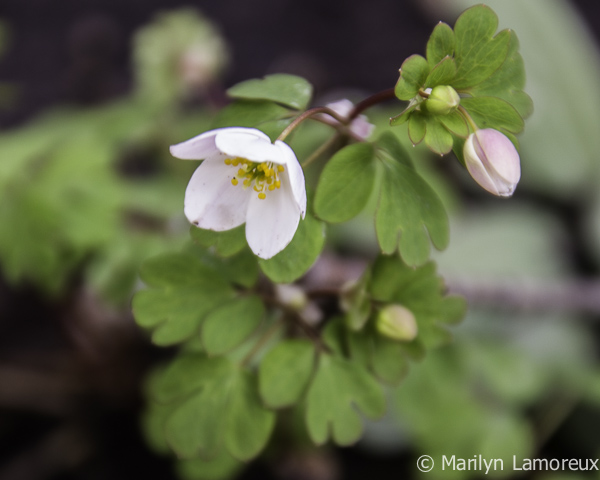
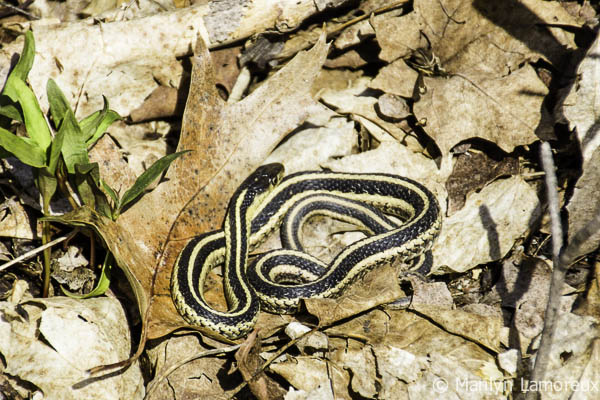
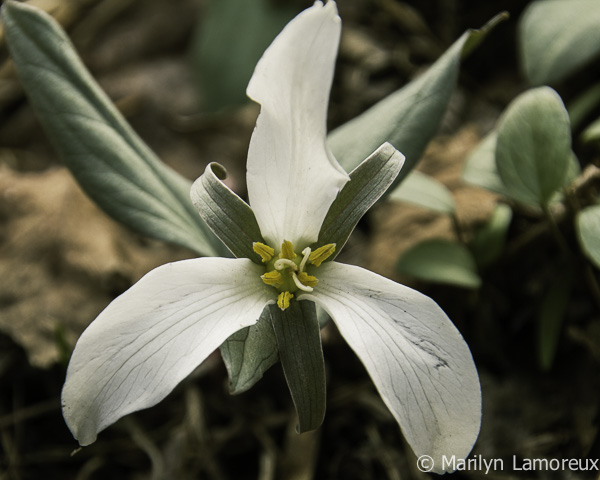
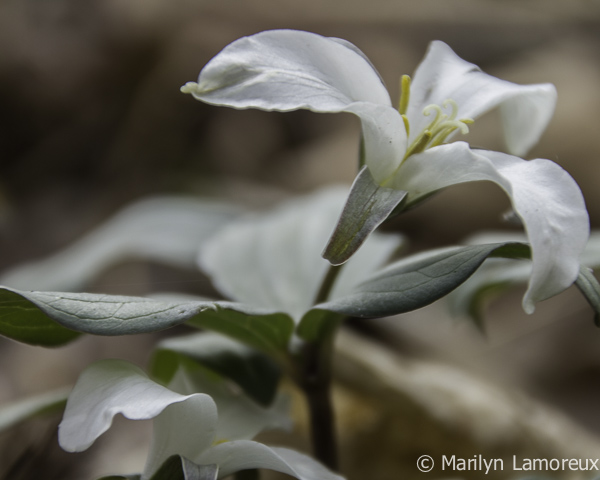
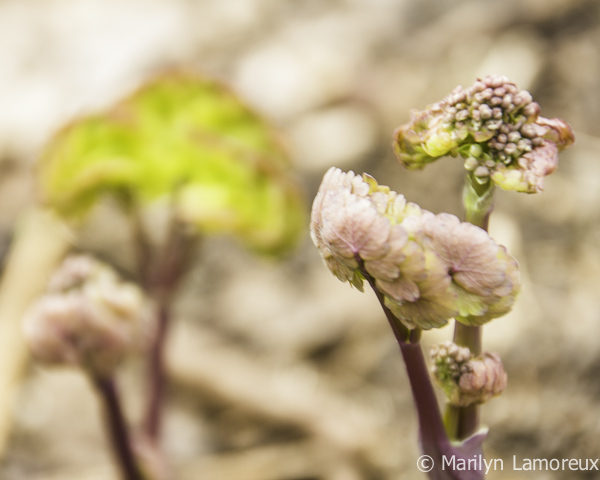
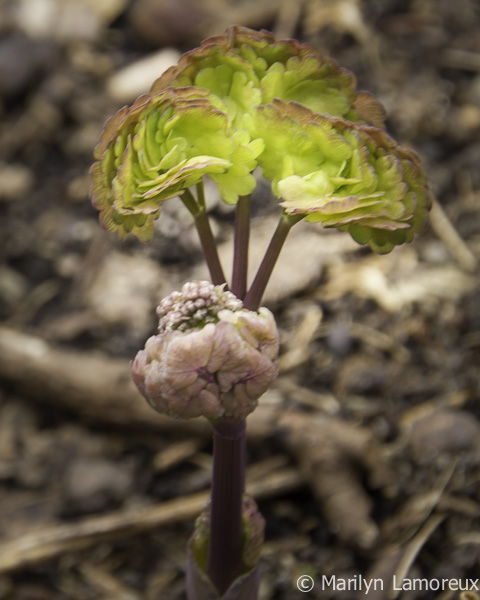
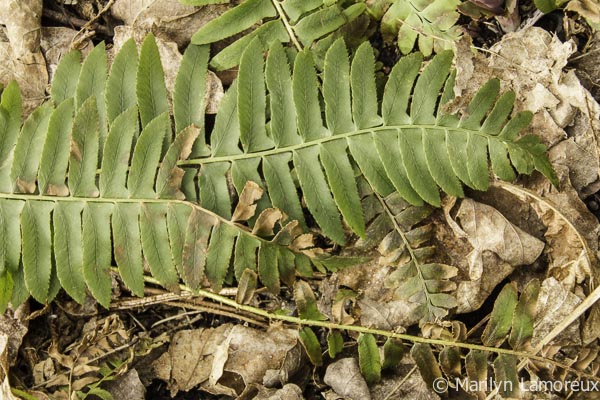
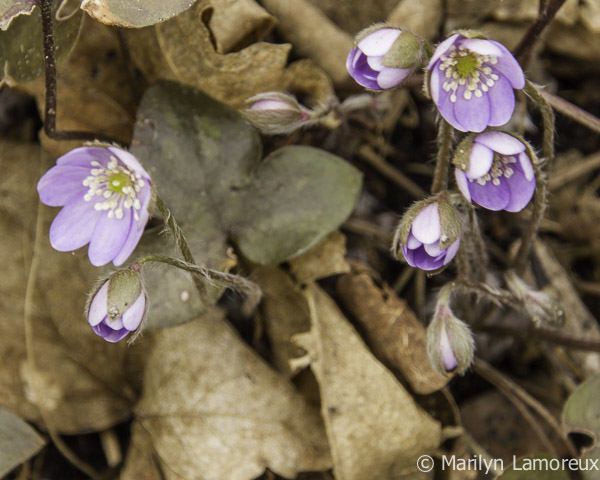
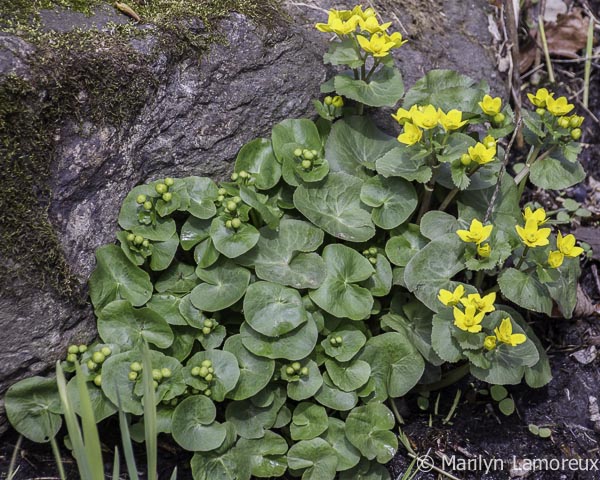
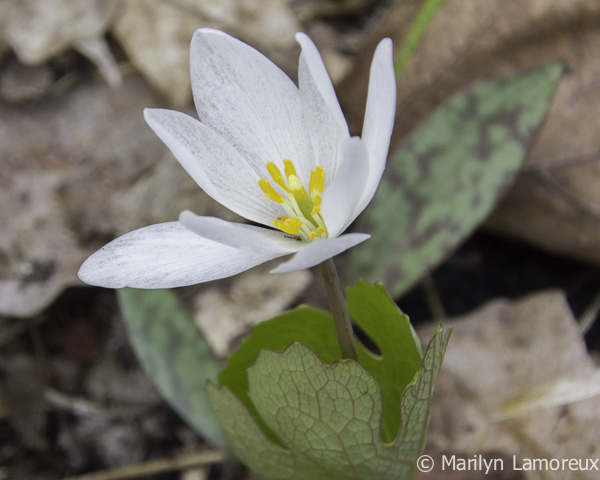
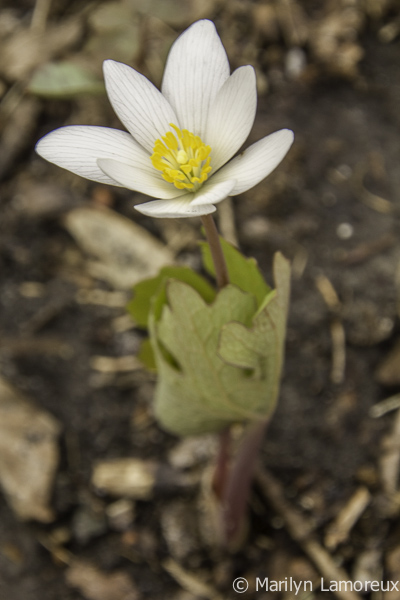
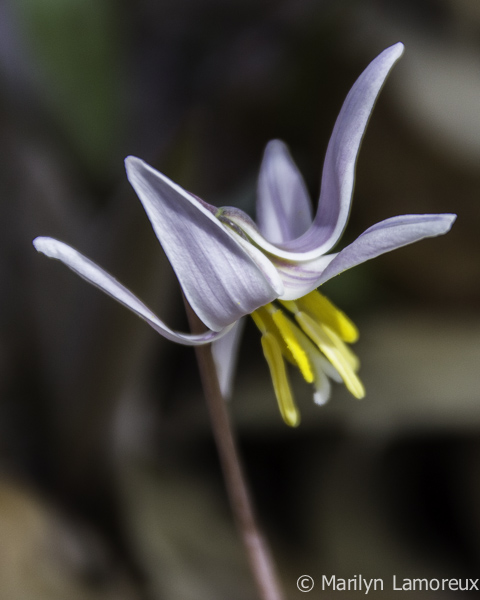
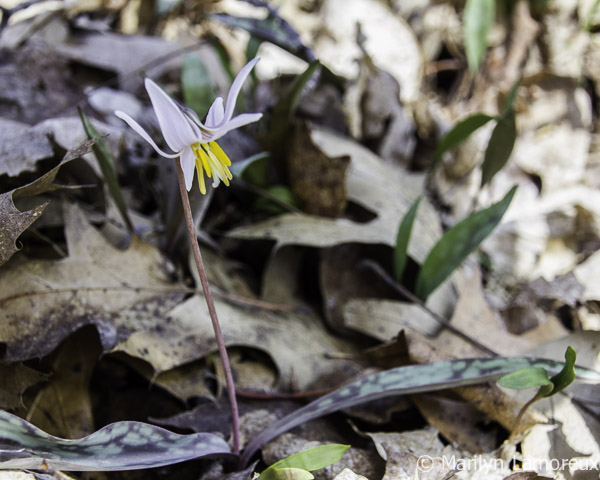
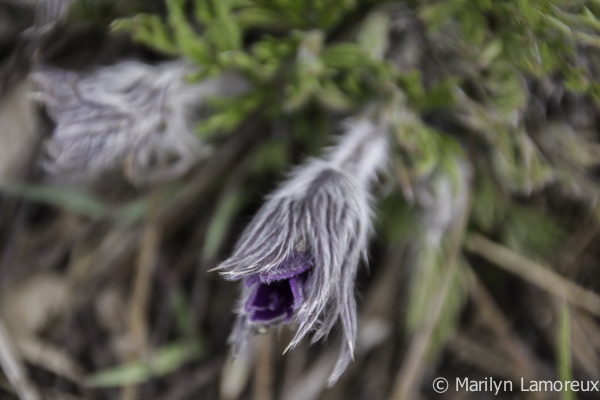
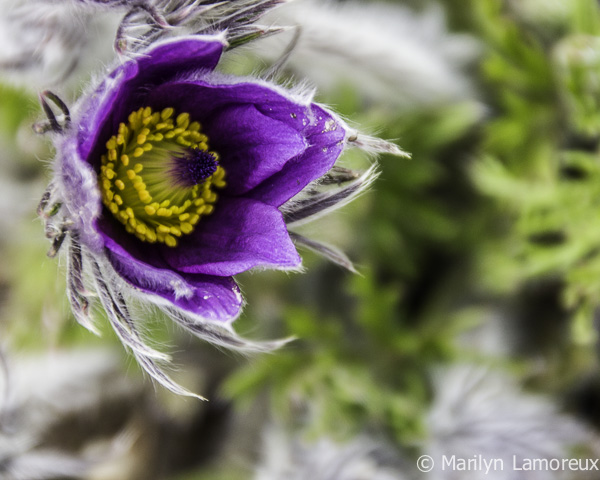
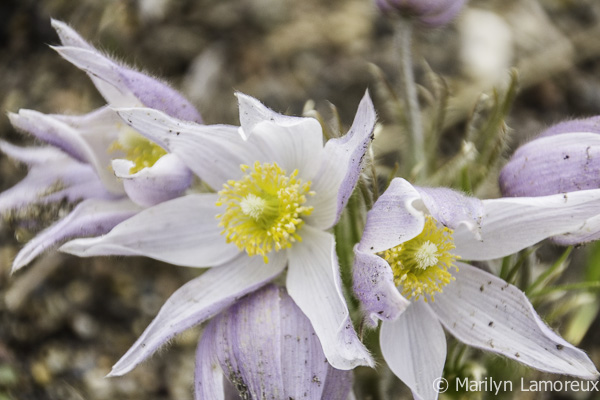
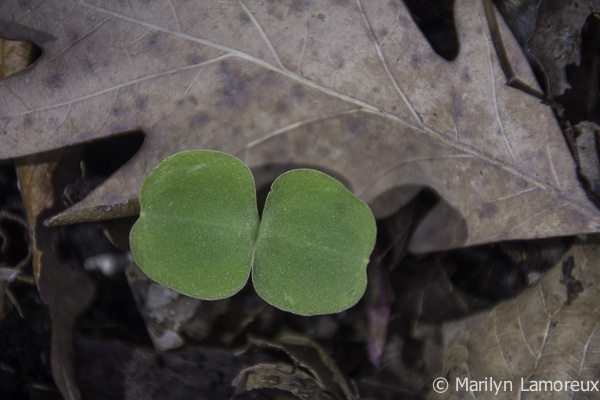
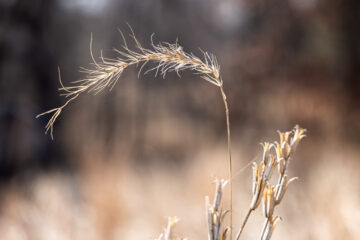
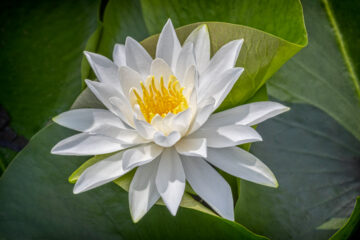

0 Comments